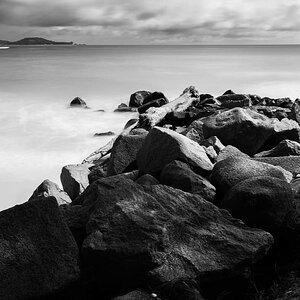Baaaark
TPF Noob!
- Joined
- May 27, 2009
- Messages
- 414
- Reaction score
- 0
- Location
- North or South Pole... it depends
- Can others edit my Photos
- Photos OK to edit
Is a camera having a low maximum flash sync speed a large limiting factor in the purchase of a new camera? Is obtaining a camera with a high sync speed worth compromising image quality?
I was looking at Sony's new A33 which is sweet but has a 1/160 sync speed. But the Alpha 390 uses a CCD sensor and will consequently let you sync up to crazy fast speeds in manual mode. But the image quality at high ISO is better on the A33 than the 390.
Am I worrying too much about a fairly irrelevant factor, or is having a slow sync speed going to be something that drives me crazy for as long as I have my camera. Keep in mind I do a lot of indoor photography so both high-ISO image quality and flash are important.
I was looking at Sony's new A33 which is sweet but has a 1/160 sync speed. But the Alpha 390 uses a CCD sensor and will consequently let you sync up to crazy fast speeds in manual mode. But the image quality at high ISO is better on the A33 than the 390.
Am I worrying too much about a fairly irrelevant factor, or is having a slow sync speed going to be something that drives me crazy for as long as I have my camera. Keep in mind I do a lot of indoor photography so both high-ISO image quality and flash are important.




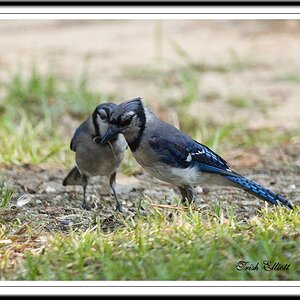
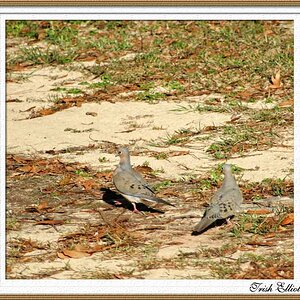
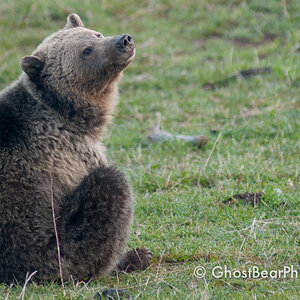
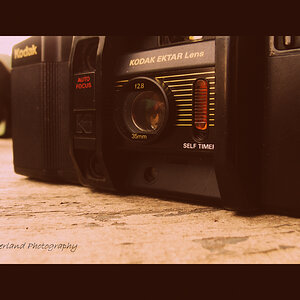
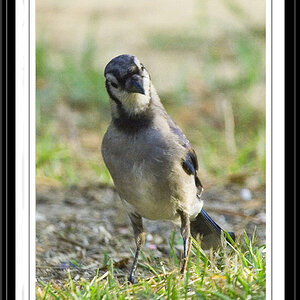

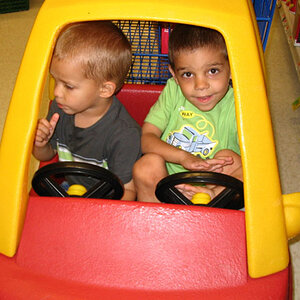
![[No title]](/data/xfmg/thumbnail/34/34131-26fa915af5e4adb9d0f123c4c8b7cae4.jpg?1619736302)
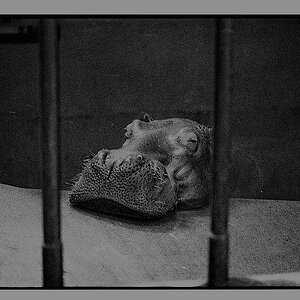
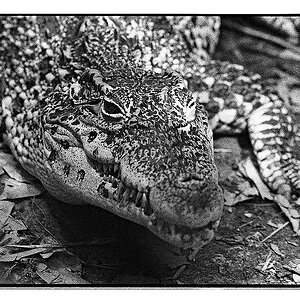
![[No title]](/data/xfmg/thumbnail/39/39187-9ec2507d9e5ef2843f7f00127c7abb4c.jpg?1619738905)
